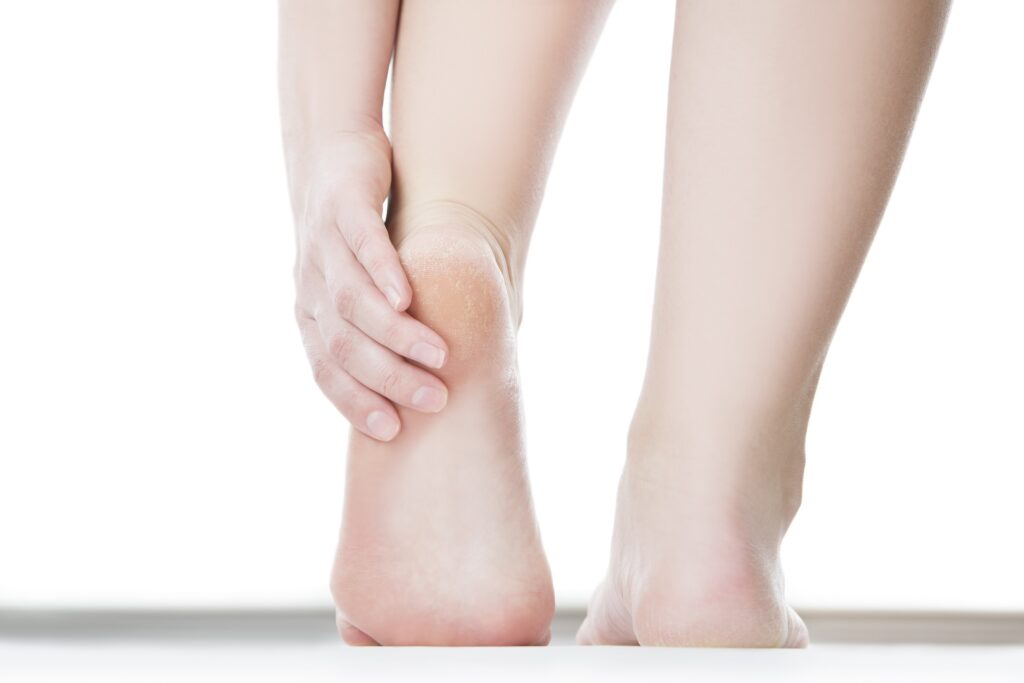Are you experiencing chronic pain on the bottom of your foot, close to your heel? You might suffer from a condition called plantar fasciitis. This refers to inflammation in the tissue that runs across the sole of your foot and connects with the heel.
This band of tissue provides crucial support when you walk or otherwise move and apply pressure to your feet. But if exposed to abnormal stress or tension, the tissue will become inflamed and irritated, leaving you in significant pain.
You should visit a podiatrist to pinpoint the cause of this foot pain and receive appropriate treatment to alleviate this discomfort so that you can focus on other aspects of your life. The treatment you can expect may vary depending on the longevity and severity of your symptoms. Read on to find five ways your dentist can help you relieve pain caused by plantar fasciitis.

Lifestyle Adjustments
The first recommendation podiatrists offer their patients upon a plantar fasciitis diagnosis is to rest the affected area. Because excess pressure irritates the tissue, you will want to reduce the pressure by keeping off your feet and allowing the foot to heal. Athletes may have trouble complying with this treatment plan, so pay attention to your doctor’s other suggestions, including wearing supportive shoes.
Targeted Physical Therapy
While rest is important for an injured foot, patients with plantar fasciitis can benefit from targeted stretching and physical therapy. Stretching the muscles in the feet and calves will increase flexibility and build strength. Then the extra support for the tissue can withstand pressure and lower the amount of pain experienced.
Reduce Inflammation
Plantar fasciitis pain stems from inflammation of the tissue. If you reduce this inflammation, then you can relieve the painful symptoms. Podiatrists recommend icing the affected area of the foot to reduce swelling and taking anti-inflammatory pain medication as needed. If pain persists, you should consult with a doctor for additional treatment.
Custom Orthotic Inserts
Adding support to the sole of the foot by building muscles through therapy will reduce pressure and relieve plantar fasciitis pain. But it can take several weeks to create enough support to resolve the issue through exercise and stretching.
In the meantime, you can try custom orthotics, supportive inserts that fit your unique feet when placed into your shoes. They can absorb shock as you walk or run so that you do not exert too much stress on your foot while you heal.
Shockwave Therapy
A shockwave therapy session at your podiatrist’s office will promote faster healing in patients with plantar fasciitis. The procedure involves delivering waves of energy directly to the injured part of the foot that will cause tiny trauma to the area, triggering a healing response. This can help patients with more severe symptoms related to plantar fasciitis.
If symptoms continue after these non-invasive treatments, a doctor might want to try surgery to give a patient relief from foot pain. But podiatrists will try conservative options first. Learn more by scheduling a podiatry consultation today.
